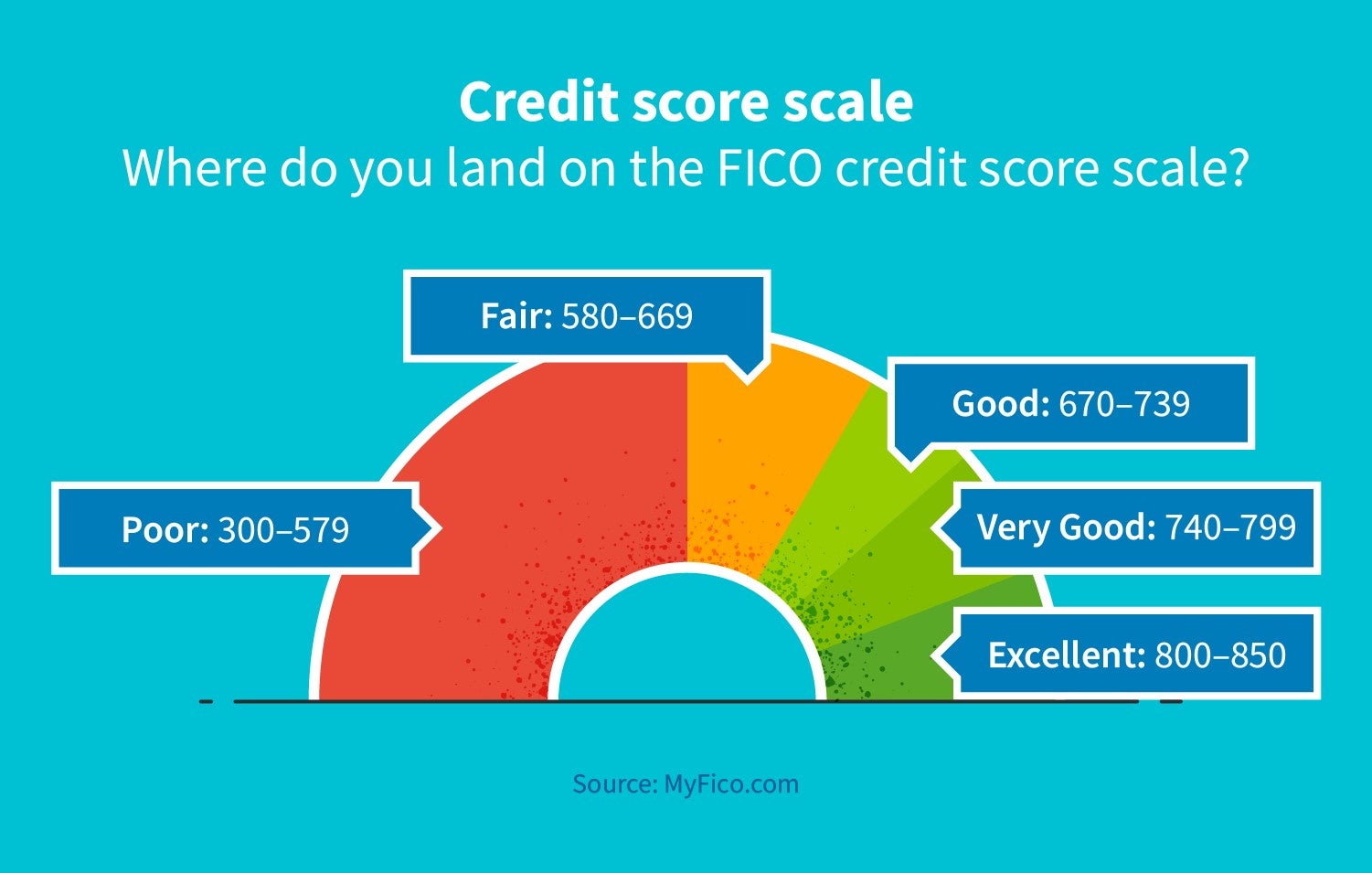
Understanding the time frame is essential if you wish to trade in currency markets. A timeframe is a visual representation for a currency's price movement. It's useful for traders when analysing trades, as it helps them see trends before the actual formation. It can be used to spot trend reversals.
Trade with the larger trend
Trading with the larger trend can be a powerful strategy and result in enormous profits. High leverage is the greatest advantage of trend trading. It means that FX gains can be magnified 100 times. Unlike stock markets, where leverage is usually set at around two to one, in the forex market, leverage is much higher. There are 100:1 leverage options, meaning that you can control $100 of currency with just $1.
Trend trading can be very profitable in the long-term. However it is important to understand its risks. You can end up losing more money than you gain, so you must exercise a great deal of risk management. You should not risk more than 1.5-2.5% of your capital in any trade. A trailing stop loss order should be used.

Multiple time frames are used to analyze trades
It is important to use multiple time frames for trade analysis in order to minimize losses and make better decisions. By using multiple time frames you can view where a price movement might be and what needs to occur before you enter a trading position. This strategy can also be used to help you make decisions without being affected by your trading platform, open orders, or other factors.
Multi-time frame analysis is very simple. All you have to do is look at the exact same pair on different timeframes. You would then look for selling opportunities if EURUSD has a bearish trend in the 15-minute chart. The same thing happens if you look at the same pair on the daily, hourly, or 15-minute time frames.
A larger time frame allows you to see trends and assess market sentiment. While smaller time frames are better for spotting the ideal entry or exit points, they can also help you spot potential trend patterns. For example, a 4-hour chart is too vast for a beginner to see, so a 1-hour chart is best. Beginners should only use two times frames at a given time. You can get confused by using more than three time frames.
Choosing the right time frame for you
The decision about which time frame you should use for forex trading is complicated and will depend on your trading style. Although there isn't a clear definition of each time frame, most analysts agree there are three major types: short, medium and long. The time frame you choose will depend on your trading style, your trading capital, and your trading strategy.

Your personality, trading time, and strategy will determine the best time frame to forex trade. A long-term strategy may not suit someone who is patient or has a tendency to withdraw from trades at the wrong time. Forex trading has many time frames. Many traders have difficulty finding the best one. To find the right one for you, it is best to trade in several time frames and compare their performance.
Generally speaking, lower timeframes are best for day traders. These timeframes give traders more freedom to enter and exit. They offer greater opportunities for novice traders, giving them more time to consider before they enter a trade.
FAQ
What types of investments do you have?
There are many different kinds of investments available today.
These are some of the most well-known:
-
Stocks - Shares of a company that trades publicly on a stock exchange.
-
Bonds are a loan between two parties secured against future earnings.
-
Real estate - Property that is not owned by the owner.
-
Options - These contracts give the buyer the ability, but not obligation, to purchase shares at a set price within a certain period.
-
Commodities – These are raw materials such as gold, silver and oil.
-
Precious metals are gold, silver or platinum.
-
Foreign currencies – Currencies other than the U.S. dollars
-
Cash – Money that is put in banks.
-
Treasury bills - Short-term debt issued by the government.
-
Commercial paper is a form of debt that businesses issue.
-
Mortgages – Loans provided by financial institutions to individuals.
-
Mutual Funds – Investment vehicles that pool money from investors to distribute it among different securities.
-
ETFs (Exchange-traded Funds) - ETFs can be described as mutual funds but do not require sales commissions.
-
Index funds - An investment vehicle that tracks the performance in a specific market sector or group.
-
Leverage: The borrowing of money to amplify returns.
-
Exchange Traded Funds, (ETFs), - A type of mutual fund trades on an exchange like any other security.
These funds have the greatest benefit of diversification.
Diversification can be defined as investing in multiple types instead of one asset.
This helps protect you from the loss of one investment.
What are the 4 types of investments?
There are four types of investments: equity, cash, real estate and debt.
Debt is an obligation to pay the money back at a later date. It is commonly used to finance large projects, such building houses or factories. Equity is when you purchase shares in a company. Real estate refers to land and buildings that you own. Cash is what you have now.
You become part of the business when you invest in stock, bonds, mutual funds or other securities. Share in the profits or losses.
What type of investment has the highest return?
The truth is that it doesn't really matter what you think. It depends on what level of risk you are willing take. For example, if you invest $1000 today and expect a 10% annual rate of return, then you would have $1100 after one year. Instead of investing $100,000 today, and expecting a 20% annual rate (which can be very risky), then you'd have $200,000 by five years.
The return on investment is generally higher than the risk.
It is therefore safer to invest in low-risk investments, such as CDs or bank account.
However, the returns will be lower.
On the other hand, high-risk investments can lead to large gains.
A 100% return could be possible if you invest all your savings in stocks. However, you risk losing everything if stock markets crash.
Which one do you prefer?
It all depends upon your goals.
To put it another way, if you're planning on retiring in 30 years, and you have to save for retirement, you should start saving money now.
High-risk investments can be a better option if your goal is to build wealth over the long-term. They will allow you to reach your long-term goals more quickly.
Be aware that riskier investments often yield greater potential rewards.
There is no guarantee that you will achieve those rewards.
Statistics
- They charge a small fee for portfolio management, generally around 0.25% of your account balance. (nerdwallet.com)
- 0.25% management fee $0 $500 Free career counseling plus loan discounts with a qualifying deposit Up to 1 year of free management with a qualifying deposit Get a $50 customer bonus when you fund your first taxable Investment Account (nerdwallet.com)
- An important note to remember is that a bond may only net you a 3% return on your money over multiple years. (ruleoneinvesting.com)
- According to the Federal Reserve of St. Louis, only about half of millennials (those born from 1981-1996) are invested in the stock market. (schwab.com)
External Links
How To
How to get started in investing
Investing refers to putting money in something you believe is worthwhile and that you want to see prosper. It is about having confidence and belief in yourself.
There are many ways to invest in your business and career - but you have to decide how much risk you're willing to take. Some people like to put everything they've got into one big venture; others prefer to spread their bets across several small investments.
If you don't know where to start, here are some tips to get you started:
-
Do your homework. Do your research.
-
You need to be familiar with your product or service. Know what your product/service does. Who it helps and why it is important. It's important to be familiar with your competition when you attempt to break into a new sector.
-
Be realistic. Consider your finances before you make major financial decisions. If you can afford to make a mistake, you'll regret not taking action. But remember, you should only invest when you feel comfortable with the outcome.
-
You should not only think about the future. Consider your past successes as well as failures. Ask yourself if you learned anything from your failures and if you could make improvements next time.
-
Have fun. Investing should not be stressful. Start slow and increase your investment gradually. You can learn from your mistakes by keeping track of your earnings. You can only achieve success if you work hard and persist.